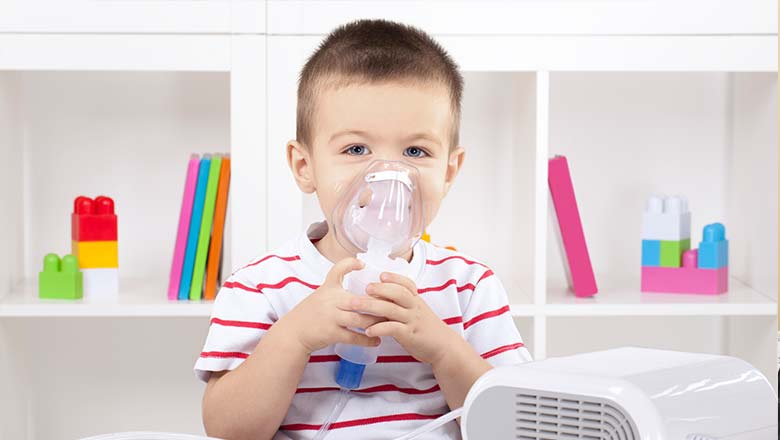Search
Showing results for "Au"

Research
Finding the cellular explanation for recurrent asthma exacerbationsThis study is designed to identify the specific unique immune cell response that occurs in these children with recurrent disease.
Research
Occurrence of psychosis and bipolar disorder in adults with autism: A systematic review and meta-analysisEvidence suggests that individuals with autism spectrum disorder have increased rates of co-occurring psychosis and/or bipolar disorder. Considering the peak age of onset for psychosis and bipolar disorder occurs in adulthood, we investigated the co-occurrence of these disorders in adults with autism.
Research
Shade coverage, ultraviolet radiation and children’s physical activity in early childhood education and careThe provision of shade, particularly through natural forms such as tree canopy, is an important sun protection strategy and enabler of outdoor time
Research
Online self-compassion training to improve the wellbeing of youth with chronic medical conditions: Protocol for a randomised control trialThe Self-Compassion Online program could provide a scalable solution for improving psychological outcomes and quality of life among youth with chronic illness
Research
Oral health experiences of individuals with Rett syndrome: A retrospective studySocial advantage may provide some protection for dental health in individuals with Rett syndrome
Research
A broad autism phenotype expressed in facial morphologyThese data provide the first evidence for a broad autism phenotype expressed in a physical characteristic
Research
Exploiting the reactive oxygen species imbalance in high-risk paediatric acute lymphoblastic leukaemia through auranofinThe prognosis for high-risk childhood acute leukaemias remains dismal and established treatment protocols often cause long-term side effects in survivors. This study aims to identify more effective and safer therapeutics for these patients.
Research
The perceived effects of cannabis products in the management of seizures in CDKL5 Deficiency DisorderCDKL5 Deficiency Disorder (CDD) is a severe treatment-resistant form of early-onset epilepsy. Current treatment options are often ineffective and associated with adverse effects, forcing families to seek alternative therapies for their children including products derived from cannabis. Reportsof miraculous cures and a public preferencefor 'natural' therapies have resulted in considerable public interest, and so this study aimed to characterize the use of cannabis in these individuals, as well as compare caregiver perceptions of efficacy and safety to objective evidence of seizure control and number of antiepileptic drugs used.
Research
The Collaboration for Increasing Influenza Vaccination in Children (CIIVIC): a meeting reportThe burden of seasonal influenza disease in Australian children is substantial, especially for those with medical comorbidities including chronic cardiac, respiratory, neurological and immunosuppressive conditions. Influenza is more likely to be severe in children with comorbidities compared to previously healthy children (e.g. more frequent and longer hospitalisation, more frequent intensive care unit admission and requiring respiratory support). Direct protection against influenza by vaccination is critical for children with comorbidities and remains the most effective tool for influenza prevention.
Research
Assessment of Cannabidiol and Delta9-Tetrahydrocannabiol in Mouse Models of Medulloblastoma and EpendymomaChildren with medulloblastoma and ependymoma are treated with a multidisciplinary approach that incorporates surgery, radiotherapy, and chemotherapy; however, overall survival rates for patients with high-risk disease remain unsatisfactory. Data indicate that plant-derived cannabinoids are effective against adult glioblastoma; however, preclinical evidence supporting their use in pediatric brain cancers is lacking. Here we investigated the potential role for Δ9-tetrahydrocannabinol (THC) and cannabidiol (CBD) in medulloblastoma and ependymoma. Dose-dependent cytotoxicity of medulloblastoma and ependymoma cells was induced by THC and CBD in vitro, and a synergistic reduction in viability was observed when both drugs were combined.
